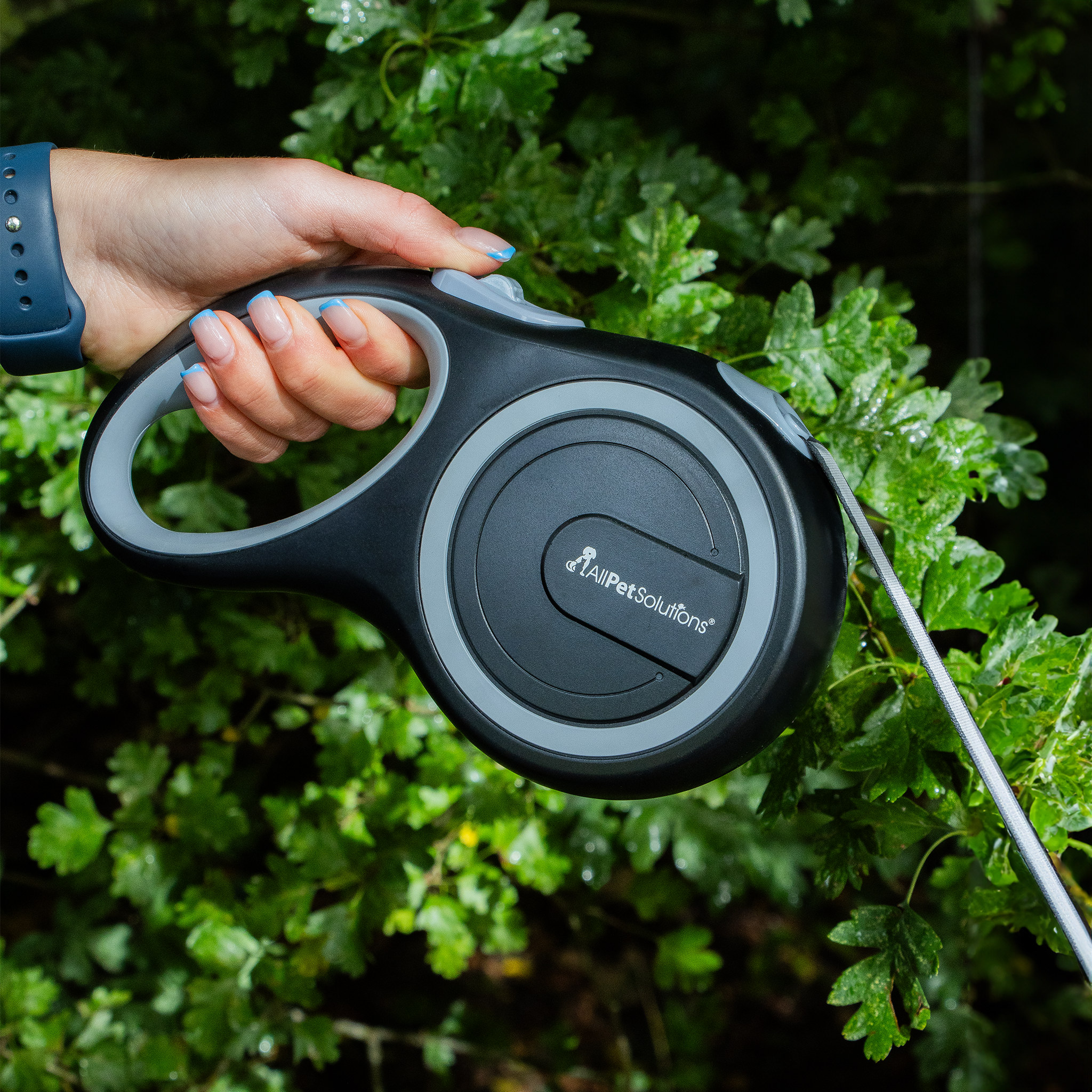How do I stop my dog from barking excessively?
Barking is your dog’s way of communicating, whether this is to other dogs or to yourself. However barking can become excessive; this can be due to breed (some breeds are bred for their ability to frequently bark/alert), anxiety, stress and boredom. As barking is a natural behaviour, you can’t stop your dog barking completely, but you can reduce the frequency and triggers associated with your dogs barking.
Where to start
The first thing to do is to figure out the cause for the excessive barking; this can range from excitement to behavioural problems like separation anxiety and aggression. Once you have established the trigger for your dogs barking you can start to apply the appropriate training and handling to help reduce the barking behaviour. In situations where barking is due to severe anxiety or aggression, we would suggest seeking the help of a dog behaviourist if the behaviour is excessive. Below we have some common triggers and the methods you can apply to help.
Barking at the door
This is one of the most common triggers for dogs; this type of barking is called “alarm barking.” Basically, your pet is telling you there is something going on and you need to be aware. A great way to prevent this barking behaviour is de-sensitizing your dog when they are young, you can do this by simply ringing the doorbell when there is no one at the door – you could even use a doorbell sound on your phone. This teaches your pup that the doorbell sound has no interesting effect and so they will have no reason to alert you when it goes off.
If you have a mature dog who already barks at the door, you can do the same – keep ringing the bell with no effect, they will eventually become bored by the sound and lose their interest (de-sensitized). When the doorbell does ring, another good method is a distraction. Ask your dog to sit and provide a treat – this will initiate a new behaviour associated with the doorbell instead of barking you can teach your dog to sit nicely at the door.
Separation Anxiety
In cases of severe separation anxiety, it is always best to consult a dog behaviourist. Dogs are naturally pack animals due to thousands of years of domestication, they regard their owners as part of the pack. In the wild, wolf packs stay in these family groups and it is rare that they leave each other’s side for long periods of time. So you can see why dogs can become very agitated when separated from their “pack,” this kind of anxiety can be more common in older breeds such as huskies and malamutes.
The best way to teach them it’s ok to be left alone is to start young. Leave your puppy for short periods of time in a separate room and reward heavily when you come back – if the puppy barks while left alone, ignore until quiet THEN open the door and reward. It is so important to ensure you do not reward the crying/barking behaviour, it must always be ignored. Slowly build up the amount of time left alone. Always leave them with a toy or bed, something that smells of the family is ideal, you can also leave the radio on which can also be a comfort. Good toys to leave your dog with are toys you can fill with treats such as a Busy Buddy, this will keep your dog distracted and gives it something to chew on to alleviate stress. Herbal remedies such as HomeoPet Anxiety Relief or diffusers can also help with mild anxiety. If you know your dog is going to be left for a long period, take it for a long walk to expel that energy.
Boredom
This one is simple! If your dog barks out of boredom, maybe he wants to play or feels like barking at the cat for no reason - he’s pretty much telling you that he has too much energy and doesn’t know what to do with it. The best thing to do if you have a dog that seemingly barks for no triggered reason – or barks at every trigger, is to dispel this pent-up energy, make your walks longer or provide your pet with more interesting stimulating toys such as the Hol-ee Roller Rubber Ball Toy. You could even join a local training class or agility which your dog will love, or get invest in a Chuckit! for when you are out on walks. As advised previously, some breeds are literally bred for their ability to bark frequently, these breeds include Shetland sheepdogs, German Shepherds and Chihuahua – so expect these breeds to have more barking triggers than others.
Training
It may sound counterproductive, but a good training technique is to teach your dog to bark on command. By doing this, you can then move on to teach your dog the “quiet” command, so when your dog does start barking a simple “quiet” will stop the behaviour. Another training method would be to ask your dog for a behaviour while he is barking, so say the doorbell rings and your dog starts barking, tell him to go to his bed or “fetch” one of his toys (once the toy is in its mouth – no barking!). If you’re on a walk, simply practice recall – not only will it distract your dog from the stimulus it will focus its attention back onto yourself.

